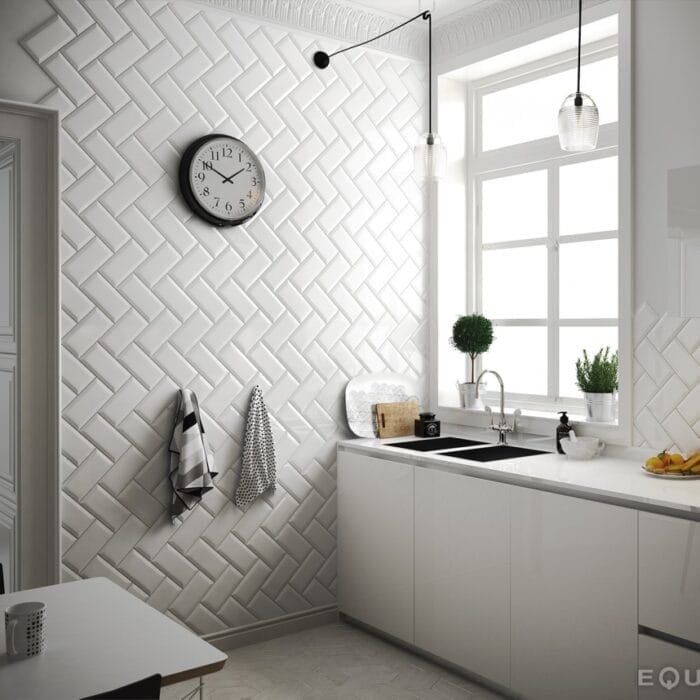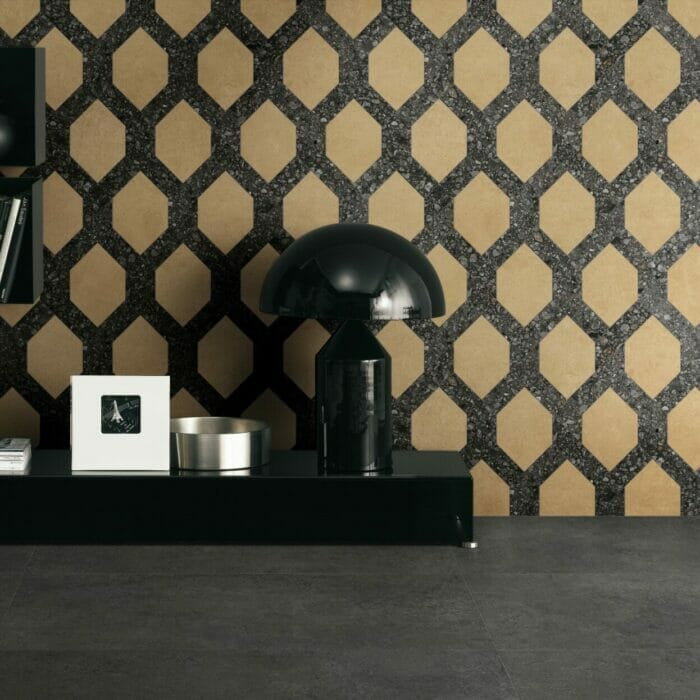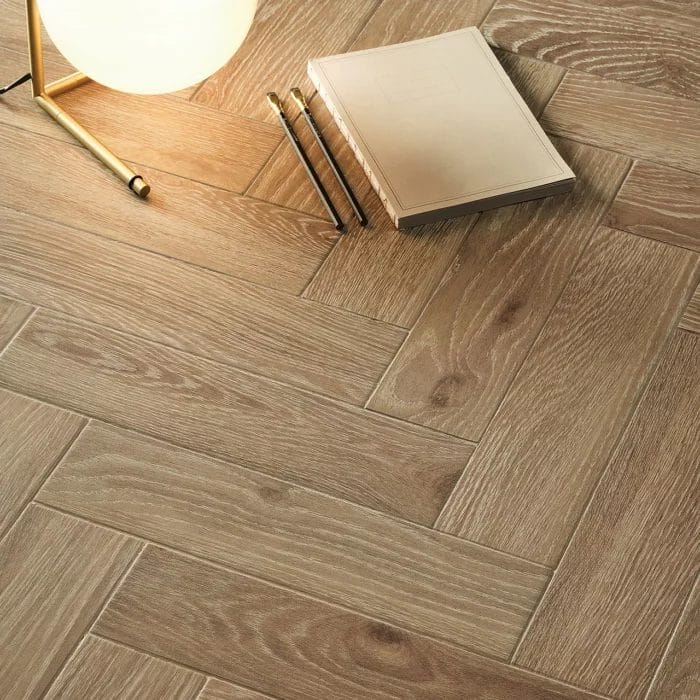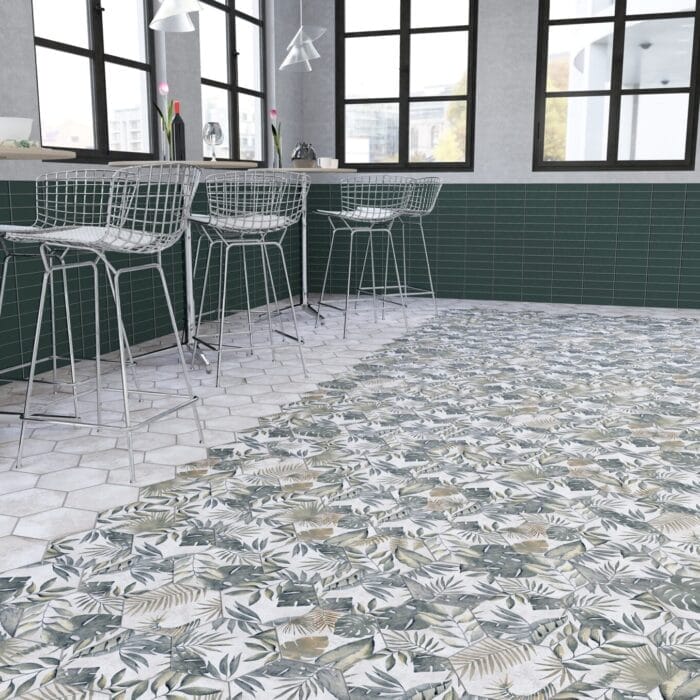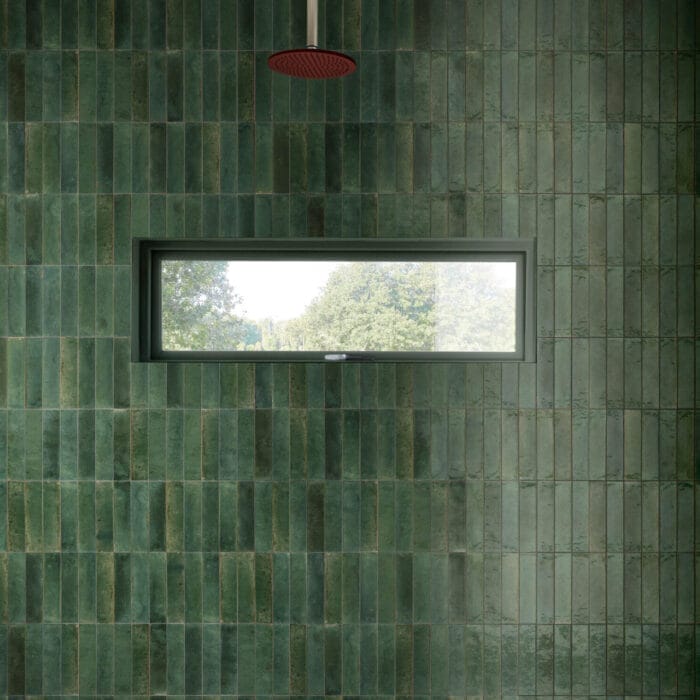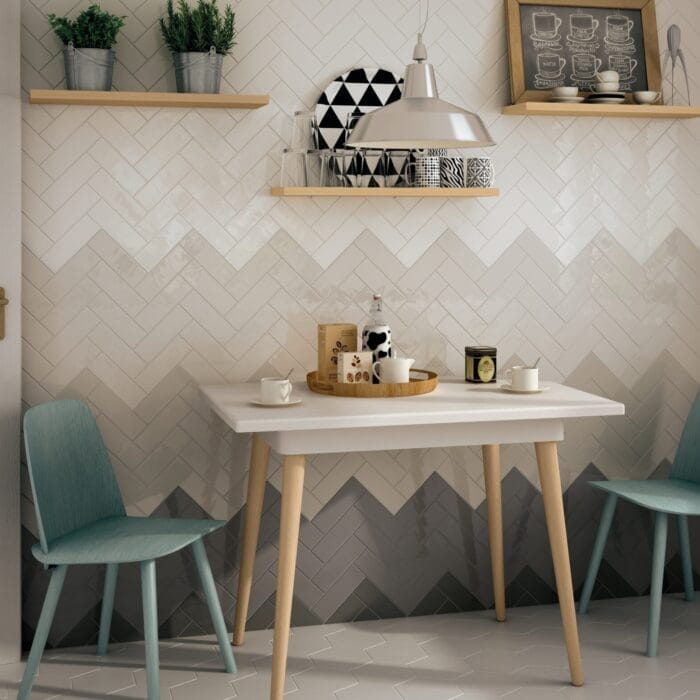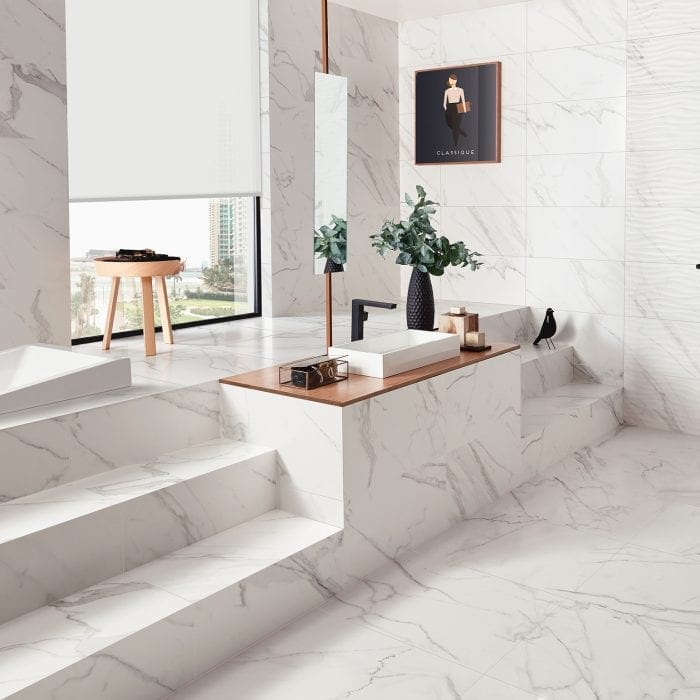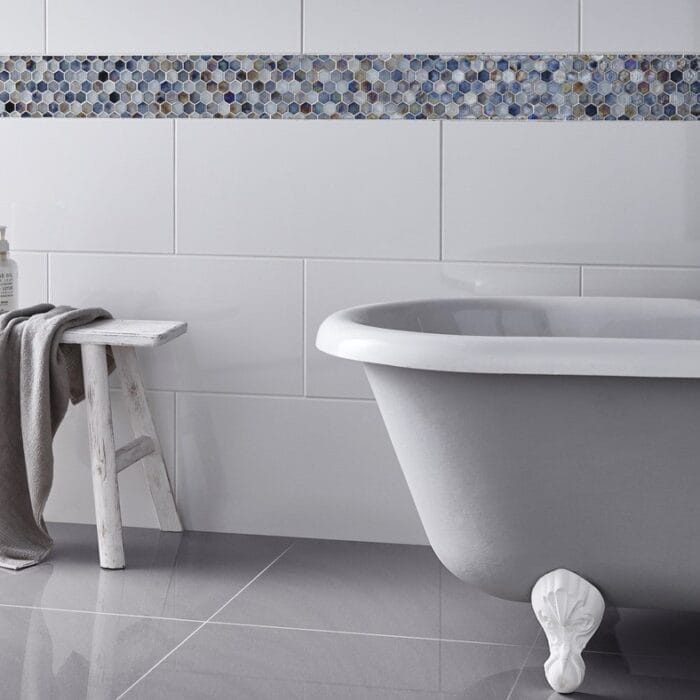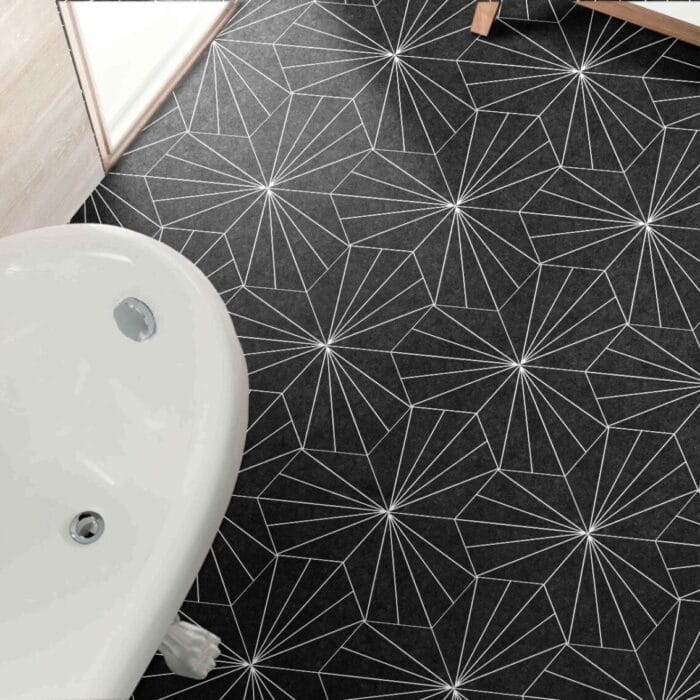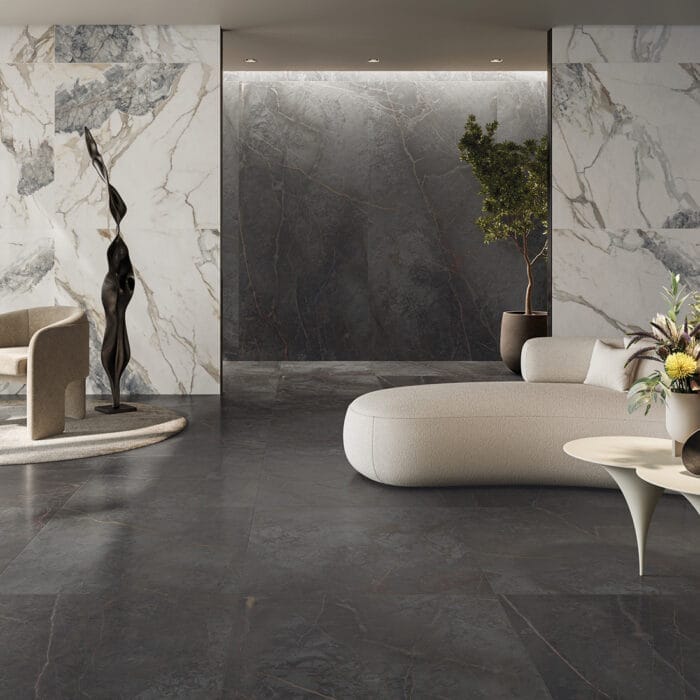Transitional interior design is a harmonious blend of traditional elegance and contemporary simplicity, creating spaces that feel both timeless and sophisticated. It balances classic architectural details with modern, streamlined furnishings, resulting in a look that is neither too ornate nor too minimalistic. The colour palette is typically neutral, featuring shades of beige, grey, taupe, and soft whites, allowing for a serene and inviting atmosphere.
Furniture in transitional spaces combines the best of both styles, with pieces that have clean lines but also incorporate subtle curves or decorative details. Upholstered seating tends to be plush and comfortable, often featuring fabrics like linen, velvet, or leather in muted tones. Wooden furniture, whether in rich dark stains or lighter natural finishes, adds warmth and depth to the design.
Textures play an essential role in transitional interiors, with layers of soft textiles, glass, metal, and natural materials working together to create visual interest. Patterns are used sparingly, typically in the form of understated prints, geometric designs, or classic motifs like herringbone or damask.
Lighting is a key element, with fixtures that blend traditional craftsmanship and modern design. Chandeliers with clean silhouettes, sleek sconces, and table lamps with mixed materials help define the space while enhancing its elegant yet relaxed feel.
Décor in transitional interiors is curated and intentional, often incorporating statement pieces such as large-scale artwork, sculptural accessories, and subtle decorative elements that complement rather than overwhelm the space. The overall effect is a seamless fusion of old and new, resulting in an interior that feels both refined and comfortable, perfect for those who appreciate a balanced and versatile aesthetic.
